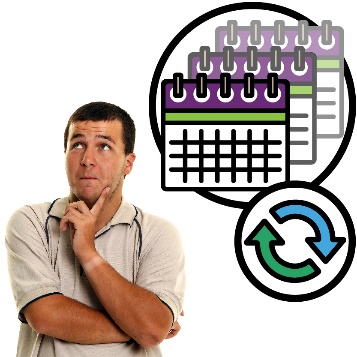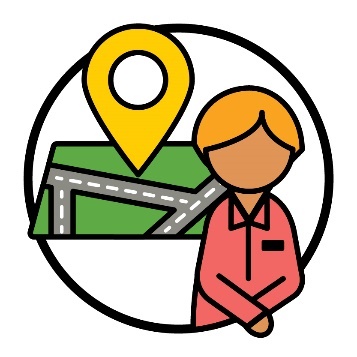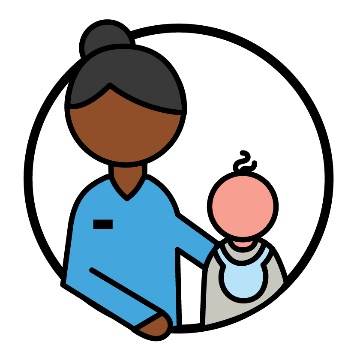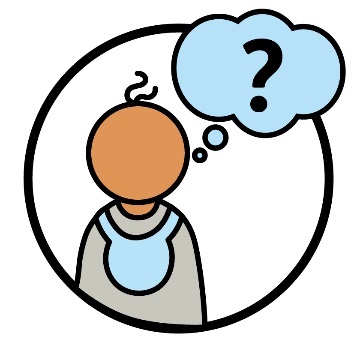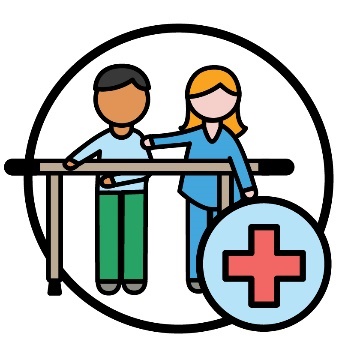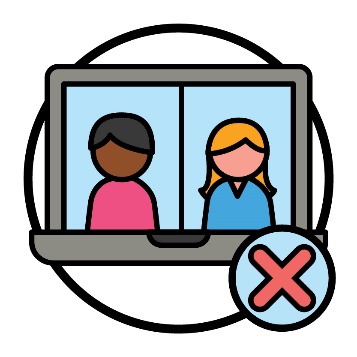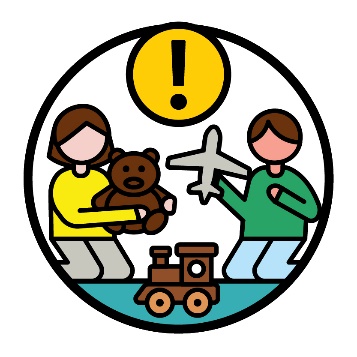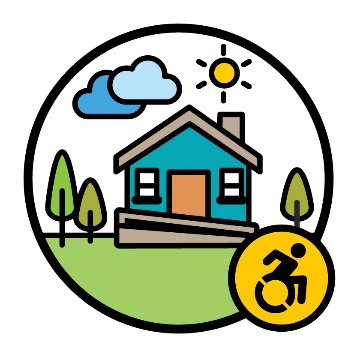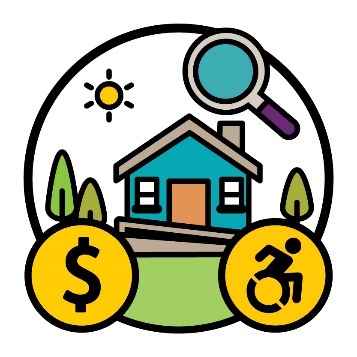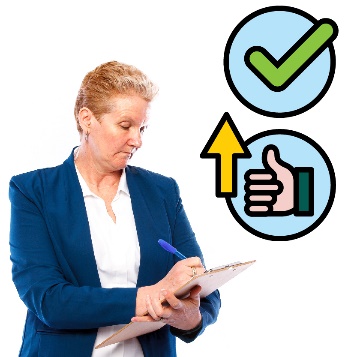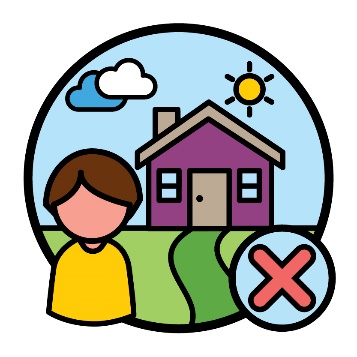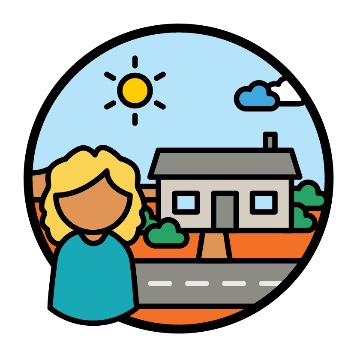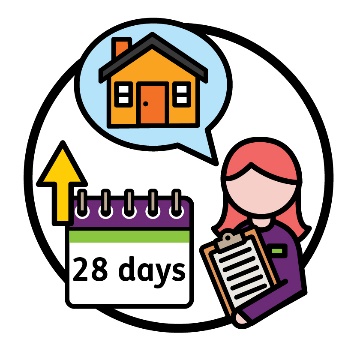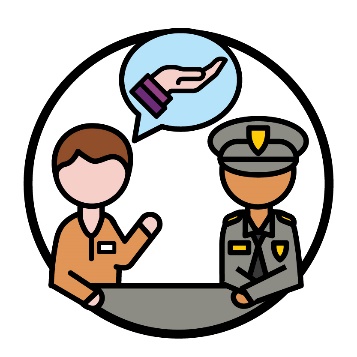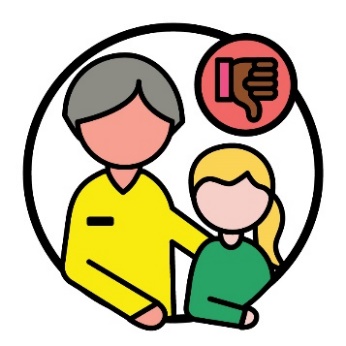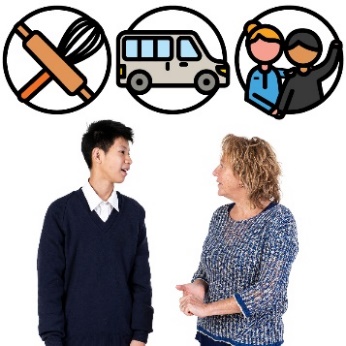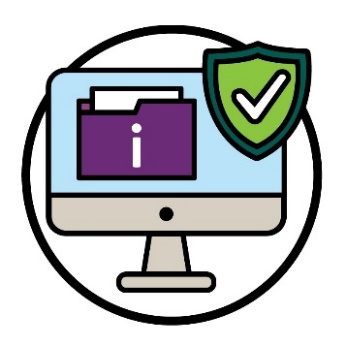What did our IAC Members share?
|
|
Our IAC Members connect with the community to find out about issues that affect them. |
|
|
|
Our IAC Members shared these issues with the NDIA. |
|
NDIS plans
|
|
IAC Members explained that some people don’t understand how the NDIS will support children over 7 years old. |
This includes children over 7 years old that doctors have not told they have: |
|
|
|
|
|
|
|
|
|
Autism is a disability that can affect how you:
|
|
|
IAC Members also explained that sometimes the NDIS will only focus on one disability. |
|
|
But this can cause issues for participants who live with more than one disability. For example, they can have issues with finding the right supports for them. |
|
|
IAC Members shared that they want to know if there is enough first-year funding for children who need more support. |
|
|
Funding is money from your plan that pays for the supports and services you need. |
|
|
They want to know this because some families shared they spend most of this funding on assessments. |
|
|
Assessments help us work out:
|
|
|
Some families use these assessments to get more funding for their child in the second year of their plan. |
|
|
IAC Members also shared that participants worry about how long it takes the NDIA to change participant’s information. |
|
|
IAC explained that the NDIA has stopped some participants from managing their own plans. And that the NDIA has not told participants why they have made this change. |
NDIS services and supports
|
|
IAC Members shared that families are happy that children must be 9 years old to use a local area coordinator (LAC). An LAC is someone who helps people with disability find and use supports and services. |
|
|
|
Families are happy with this change because they believe early childhood partners understand what children and families need better. |
|
|
|
Early childhood partners support:
|
|
|
|
Some children might not develop at the same pace as other children of the same age. They may need extra help to do everyday things. When this happens, we say they have a developmental delay. |
|
|
|
IAC Members explained there are not enough occupational therapists in the Northern Territory. An occupational therapist helps someone find ways to do everyday tasks. |
|
|
|
IAC Members also explained that occupational therapists should not offer supports over a video call. |
|
|
|
This is because some children need these supports in a place they know well. For example, children with autism. |
|
|
|
IAC Members shared that while children develop, it’s important they get to play with other children. Some people worry that providers see other supports as more important than this. |
|
|
|
IAC Members also shared that people still worry about participants who are in hospital. They worry about how these participants can find and use supports when they are in hospital. |
|
Home and living
|
|
Specialist disability accommodation (SDA) is housing for people with disability who need extra support most of the time. |
|
|
|
The NDIA have reviewed how much SDA costs. |
|
|
|
When the NDIA reviews something, they check to see what:
|
|
|
|
IAC Members worry that the NDIA’s review of how much SDA costs doesn’t include housing for one participant. |
|
|
|
This includes housing for one participant in places far away from cities and towns. |
|
|
|
IAC Members shared that it can take the NDIA a long time to make decisions about home and living supports. And sometimes these decisions take longer than the 28 days the NDIA said it would take. |
|
|
|
IAC Members want the NDIA to update participants on how long these decisions will take. |
|
The community
|
|
IAC Members explained that some people in prison don’t know how to use Justice Liaison Officers (JLOs). JLOs support prisons to understand how the NDIS can support people with disability in prisons. |
|
|
And some people with disability don’t know what supports they can get inside prison. |
|
|
IAC Members shared they worry the community might have lost some trust in the IAC. They worry this is because the community has had to wait to know who the new members of the IAC are. |
Providers
|
|
IAC Members explained that some early childhood providers do the wrong thing. |
|
|
For example, they offer supports to participants that they don’t need. |
|
|
IAC Members also explained that the NDIA should have a way for people to share information without the NDIA knowing who they are. |
|
|
For example:
This means these people can share information about conflicts of interest to the NDIA. |
|
|
A conflict of interest is when someone could affect a decision so the result is better for them. |













